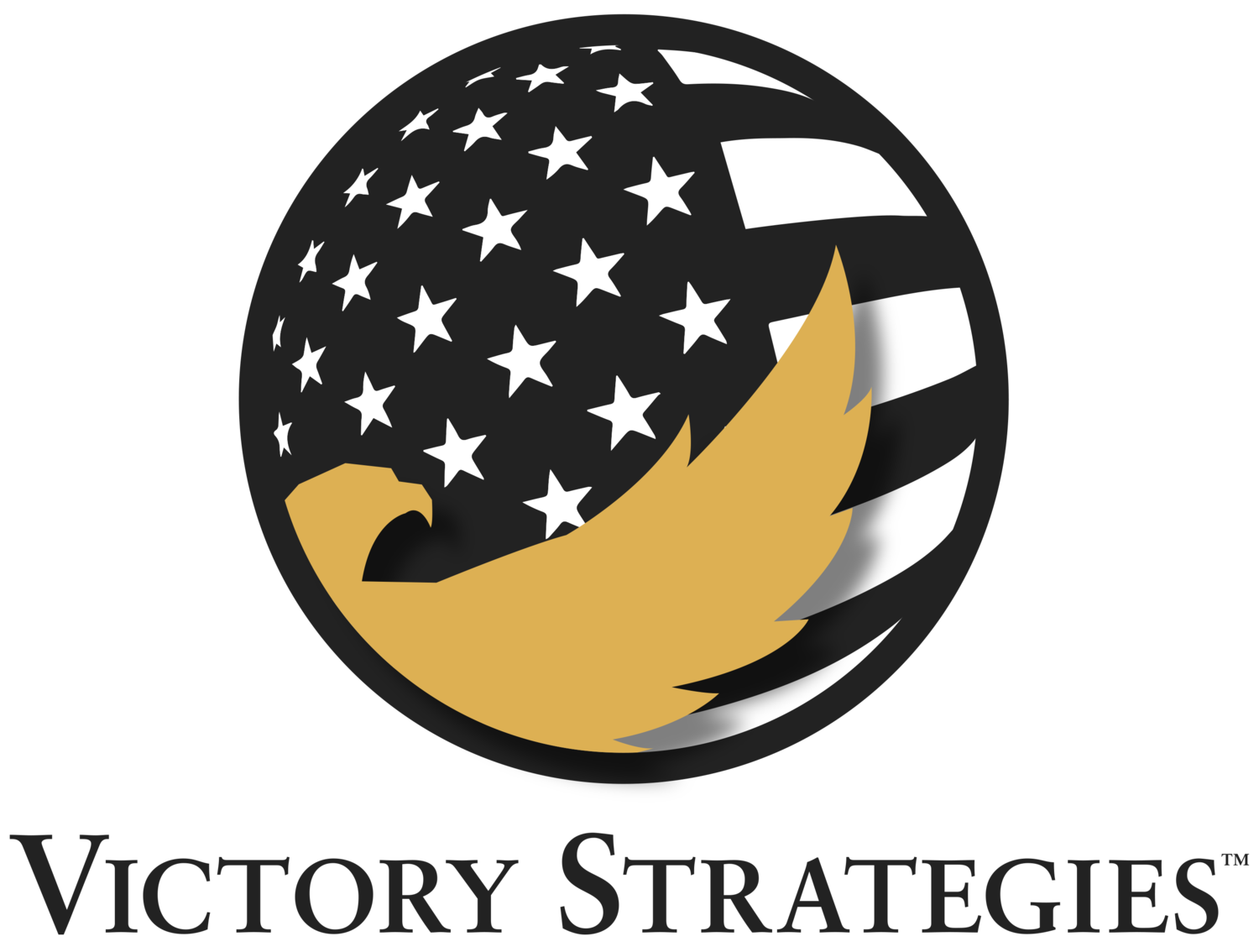I spent over 30 years in the US Navy and have been blessed and charged with leadership positions in three different organizations that ranged in size from 100 to 3000. I have commanded high performing organizations both in combat and peacetime and been lucky enough to serve with some of the best Americans and warriors this country has to offer. I was neither the best leader nor the best warrior. I made many mistakes while on my leadership journey and learned from every one of them. I have many regrets and wish I could go back and make different decisions, take different actions, or treat people differently; but I use these as motivation to be a better leader, mentor, and humble servant. I challenge you to do the same. If you “roger up” to the leadership call, then you will certainly experience failure, but you should see these failures as opportunities for growth and reflection. We should never consider ourselves to be experts but students who are on a continuous journey to become better.
I say this to convey a tone of humility in my leadership perspective and hopefully this article. I do not want this to sound like a lecture or a “wagging my finger” type of essay. I simply want to share with you something that I think was empowering and effective for me that you may find useful in your leadership journey. I am referring to a clear, magnetic, and persuasive vision.
First, let me explain what I believe leadership is and what good leadership should do. A leader inspires or motivates a team to accomplish a goal or set of goals. However, good leadership creates a culture in which each teammate feels empowered to contribute to the success of the team and accomplishment of the mission while creating a sense of belonging and connection. This sense of belonging and connection improves everyone’s quality of life and makes the organization a place people are sad to leave. This is invaluable to the creation of high-performing teams.
A clear and inspiring vision is the first step and is the aligning north star that keeps the team moving in the right direction. It is that point on a distant horizon that when you take a second and look up you can see where you are aiming. It is always there but not necessarily always focused on and often never actualized. You can think of your vision as a gentle shepherd that keeps everyone on the right path because they see it as the right path. Vision is one of the most important cultural pillars of an organization and one of, if not, the greatest responsibilities of its leader to get right, keep in focus, and use as an aligning feature to make good long-term decisions. However, it is also one of the most overlooked or underutilized forcing functions in aligning an organization to make consistent and calibrated decisions. Picture yourself on a ship caught up in the day-to-day operations but every few hours you look up at the horizon to make sure you are heading in the right direction. This is a perfect metaphor for the importance of an effective vision. Everyone in the organization should know the destination but may not be looking at it every minute of their busy day. However, they know they can look up and recalibrate their direction and aim to ensure that they are moving the organization in the right direction.
A second order effect of a clear vision is that team members feel empowered to make decisions because they understand the aim of the organization. They do not feel a need for constant attention or direction to engage problems. This reduces the workload for more senior leaders to look up and out rather than down and in.
A vision is usually one or a few clear and easily understood sentences to communicate your team’s primary focus of effort and direction. It encapsulates the guiding principle of the organization. It states with clarity the organization’s north star. It is a compelling, inspiring, and motivational future image of the organization. For example, Apple’s vision is, “to make the best products on earth and leave the world better than we found it.” Google’s vision is, “to provide access to the world’s information in one click.” Both visions are aligning, direct, clear, inspirational, and compelling. They motivate you and get you to look up at the horizon and see a picture of a better future. They sound like something you would like to be a part of and help make better. You can imagine teammates in these organizations - while considering a potentially controversial or volatile issue asking themselves if their decision or recommendation is in alignment with their organization’s vision for the future. It is immensely powerful to align the team to a shared, common vision. This ensures every teammate will know what to look for and be focused on by seeing that place on the horizon. This is the reason it is crucial that you focus on what you value because the organization’s actions will follow. This alignment influences all aspects of an organization from decisions, behavior, and priorities.
Without a clear vision you run the risk of losing your way or team members who are creating their own, potentially unaligned plan because you have not articulated one. If you do not have one, I would recommend crafting and articulating your team’s vision as your number one leadership priority. Include your vision in your strategy and incorporate it in every meeting, off-site and directional discussion. An executive leadership coach, strategic planner, or mentor can be a useful resource in distilling your vision or helping you clarify your thoughts.
Authored By: Larry Getz, Director
